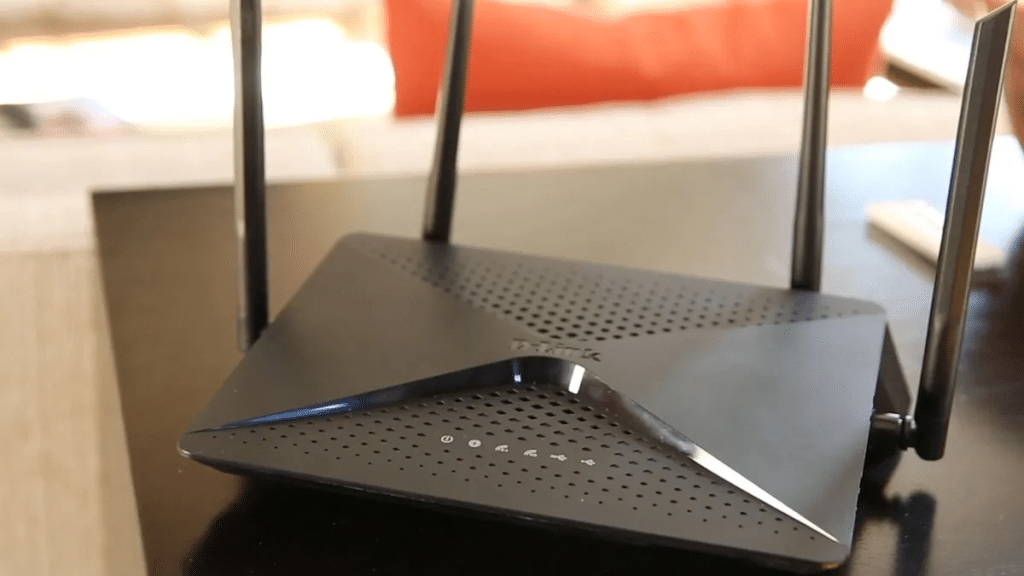Slow internet connections can be incredibly frustrating. The buffering icon during a streaming session or frozen video calls represents a common challenge in today’s connected world. Fortunately, improving home internet performance doesn’t require extensive technical knowledge.
BoyleSports, which offers online slot games around the world, has shared strategic adjustments and targeted upgrades that can help those with slow Wi-Fi.
What’s Really Slowing Down Your Wi-Fi?
Before implementing solutions, understanding the root causes of speed issues provides valuable context. Distance from the router significantly impacts signal strength, while physical barriers such as walls and floors can obstruct wireless transmissions. Outdated equipment often lacks the capabilities of modern technology, and network congestion during peak usage times affects everyone in the neighbourhood. Additionally, homes with numerous connected devices divide the available bandwidth among all active connections.
Quick Fixes That Cost Nothing
There are several no-cost solutions that can significantly improve Wi-Fi performance before considering any purchases.
1. Find the Perfect Spot for Your Router
Router placement profoundly affects signal distribution throughout a home. The device should be positioned where its signal can reach the most important areas with minimal obstruction. Ideally, the router should be placed centrally in the home and elevated rather than on the floor. Keeping it away from other electronics reduces potential interference, and avoiding enclosures such as cabinets or furniture prevents signal blockage.
2. Update Your Router’s Firmware
Router firmware updates function similarly to operating system updates on other devices. Manufacturers regularly release these updates to enhance performance and security. Accessing these updates typically requires logging into the router’s admin interface by entering a specific IP address, usually 192.168.1.1, into a web browser. However, the exact process varies by manufacturer and model.
3. Secure Your Network
Weak network security potentially allows unauthorised users to consume bandwidth. Implementing a strong, unique password and utilising WPA3 security (when supported by the equipment) helps ensure the network remains private and performs optimally for authorised users.
4. Change Your Wi-Fi Channel
Wi-Fi networks operate across different frequency channels. Neighbouring networks using the same channel can create congestion. Most router settings include options to scan for and select less crowded channels, which can meaningfully improve connection speeds and stability.
Worthwhile Investments for Serious Upgrades
When free adjustments prove insufficient, strategic hardware investments can substantially improve network performance.
1. Upgrade to a Modern Router
Routers older than 3-5 years often lack current technologies that enhance speed and reliability. Modern routers incorporate faster Wi-Fi standards such as Wi-Fi 6 (802.11ax) or Wi-Fi 5 (802.11ac) that deliver improved performance. Dual or tri-band functionality allows devices to be distributed across different frequencies, reducing congestion. Current models typically broadcast stronger signals for better coverage and include advanced features like Quality of Service (QoS) settings that prioritise critical traffic types.
When selecting a new router, the specifications should align with the internet service plan speed. High-end gaming routers may be unnecessary for basic internet packages, while more modest solutions would suffice.
2. Consider a Mesh Network System
Larger homes or those with complex layouts often experience coverage challenges with traditional single-router setups. Mesh network systems deploy multiple interconnected devices throughout the home to create consistent coverage across all areas. Systems from manufacturers like Google Nest Wifi, Amazon eero, and BT Whole Home Wi-Fi provide comprehensive coverage for homes exceeding 140 square metres, multilevel dwellings, or properties with previously problematic dead zones.
3. Add a Wi-Fi Extender or Powerline Adapter
For addressing isolated coverage issues, more targeted solutions offer cost-effective alternatives to full system replacements. Wi-Fi extenders or repeaters capture and rebroadcast existing signals to extend their range to previously unreachable areas. Powerline adapters utilise the home’s electrical wiring to transmit internet signals between rooms, bypassing physical barriers that might otherwise block wireless transmissions.
4. Consider Your Internet Plan
Network performance issues sometimes stem from limitations in the service plan rather than the Wi-Fi equipment. Households with multiple simultaneous users engaged in bandwidth-intensive activities such as streaming, gaming, or video conferencing may require increased bandwidth allocation. Contemporary households typically require at least 100 Mbps for smooth operation across multiple connected devices. Speed testing services like speedtest.net can evaluate current performance, providing information for productive discussions with service providers like BT, Virgin Media, Sky or TalkTalk about potential upgrades.
Optimise Your Connected Devices
Device-level optimisations complement network improvements for maximum performance. Regular updates to device operating systems ensure compatibility with current networking standards and security protocols. Smartphones, laptops, tablets, and smart TVs all benefit from maintaining current software versions. Controlling background applications prevents unnecessary bandwidth consumption that might otherwise impair performance for active tasks. For stationary devices like desktop computers, gaming consoles, or smart TVs, wired Ethernet connections offer superior stability and speed compared to wireless alternatives.
When to Call the Professionals
After exhausting self-help measures, persistent connectivity issues might indicate problems beyond user-serviceable components. Internet service providers should be contacted when problems persist, as issues may stem from external connections to the residence, deteriorated infrastructure such as coaxial cables or phone lines, or malfunctioning equipment provided by the provider. Service providers typically offer diagnostic services with technician visits at minimal or no cost to subscribers.
The Takeaway
Reliable, high-performance internet connectivity serves as a fundamental utility for professional responsibilities, educational pursuits, and social engagement. The implementation of targeted improvements based on specific household needs can substantially enhance the internet experience without requiring specialised technical knowledge.
An effective approach begins with no-cost optimisations before progressing to strategic investments based on specific requirements. Factors including property size, architectural layout, device quantity, and primary usage patterns should inform the selection of appropriate solutions. The methods outlined provide a systematic framework for addressing common connectivity challenges across diverse residential environments.
